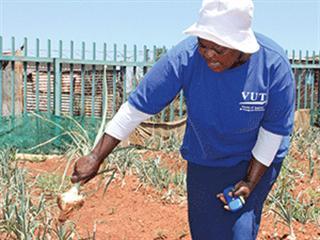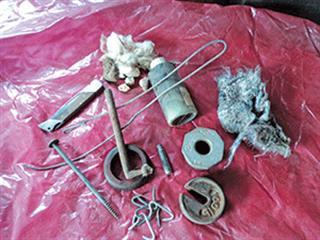
Doris Mokubana is pictured here working the lands, without a man in sight. According to the Food and Agriculture Organisation (FAO) the prevalence of African women involved in agriculture is growing. “In Africa, women now constitute the majority of smallholder farmers, provide most of the labour and manage farms on a daily basis,” said Koleka Mbane from the FAO. Speaking at a recent event for International Women’s Day, Mbane said a phenomenon found in many regions and countries was the trend towards the so-called feminisation of agriculture, or the growing dominance of women in agricultural production, and the simultaneous decrease of men in the sector.
“In Africa, where women have traditionally performed the majority of work in food production, agriculture is becoming a predominantly female sector,” Mbane explained. But she noted that where large-scale cash cropping has been introduced, the tendency remained for men to become involved in this sector, especially when it was highly mechanised.
“Women are increasingly responsible for household food production and small-scale cash cropping with low levels of technology. Women also supply a significant proportion of the agricultural labour on plantations.” Mbane said this trend made it more imperative than ever to enhance women’s ability to carry out their tasks in agricultural production and other contributions to food security. “Strategies for agriculture and rural development do not always benefit women but even sometimes amplify existing disparities.” Mbane said.












